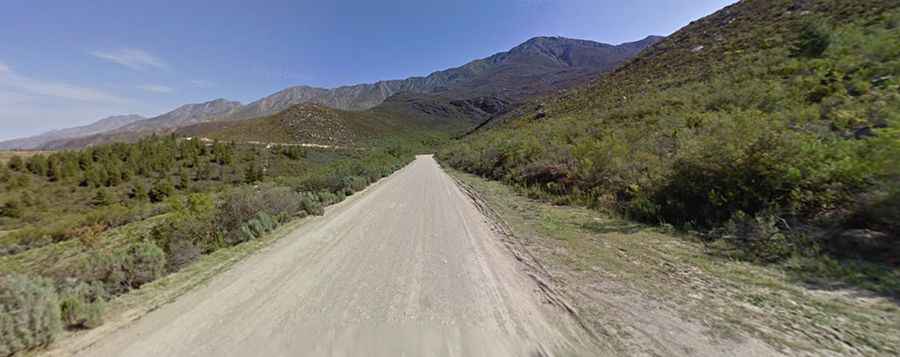Swartberg Pass, switchbacks and breathtaking views at every turn
Swartberg Pass is a high mountain pass at an elevation of 1.574m (5,164ft) above sea level, located in the Western Cape province of South Africa.

Where is Swartberg Pass?
The pass is located on the southern part of the country, at the foot of the Swartberg mountain range, between Prince Albert in the north and Oudtshoorn in the south.
Do you need a 4x4 for Swartberg Pass?
The road to the summit is called R328. The road is totally unpaved but you don’t need a big 4x4 car to climb the pass. It can be driven in any vehicle in fair weather. The unpaved sections of the road can be a little treacherous and tricky in wet weather and impassable when wet. The pass has a unique climate, often with cool, misty clouds covering the top.
How long is the Swartberg Pass?
The pass is 72.6 km (45.11 miles) long, running south-north from Oudtshoorn (in the Klein Karoo area) to Prince Albert. The road is supported in places by hand-packed stone walls. It's said to be one of the steepest passes in the country, with ramps hitting a maximum gradient of 15%. The pass is not suitable for anyone suffering from acrophobia. The road is at times very narrow, hardly enough space for 2 cars to pass and requires a steady hand on the wheel, because some of the drops are sheer, and a long way down.
Who built Swartberg Pass?
The road was built between 1881 and 1888 by Thomas Bain, an engineer and road builder, son of the famous Andrew Geddes Bain. Thomas Bain, with the help of some 250 convict labourers built the pass from 1883 to 1886. He managed to keep the gradient lower than 1:8 throughout the pass, compared to the steeper 1:6 of the Montagu Pass. The road over the pass opened on January 10, 1888.
How long does it take to drive the Swartberg Pass?
Plan approximately 2 hours to complete the drive, excluding stops. It’s said to be one of the most impressive mountain passes in the world with steep zigzags, sudden switchbacks and breathtaking views at every turn. Along with striking warped and twisted rock formations and interesting plant life, you will see some amazing drystone work supporting the picturesque hairpin bends. There are relics of an old prison, toll hut and other interesting historical sites too. The pass offers spectacular views over the Little Karoo to the south and the Great Karoo to the north. The plant life along the pass is very interesting, many hundreds of species being found on the Swartberg. There are four picnic sites and viewpoints on the southern ascent and offers many breathtaking views of mountains, valleys and waterfalls.